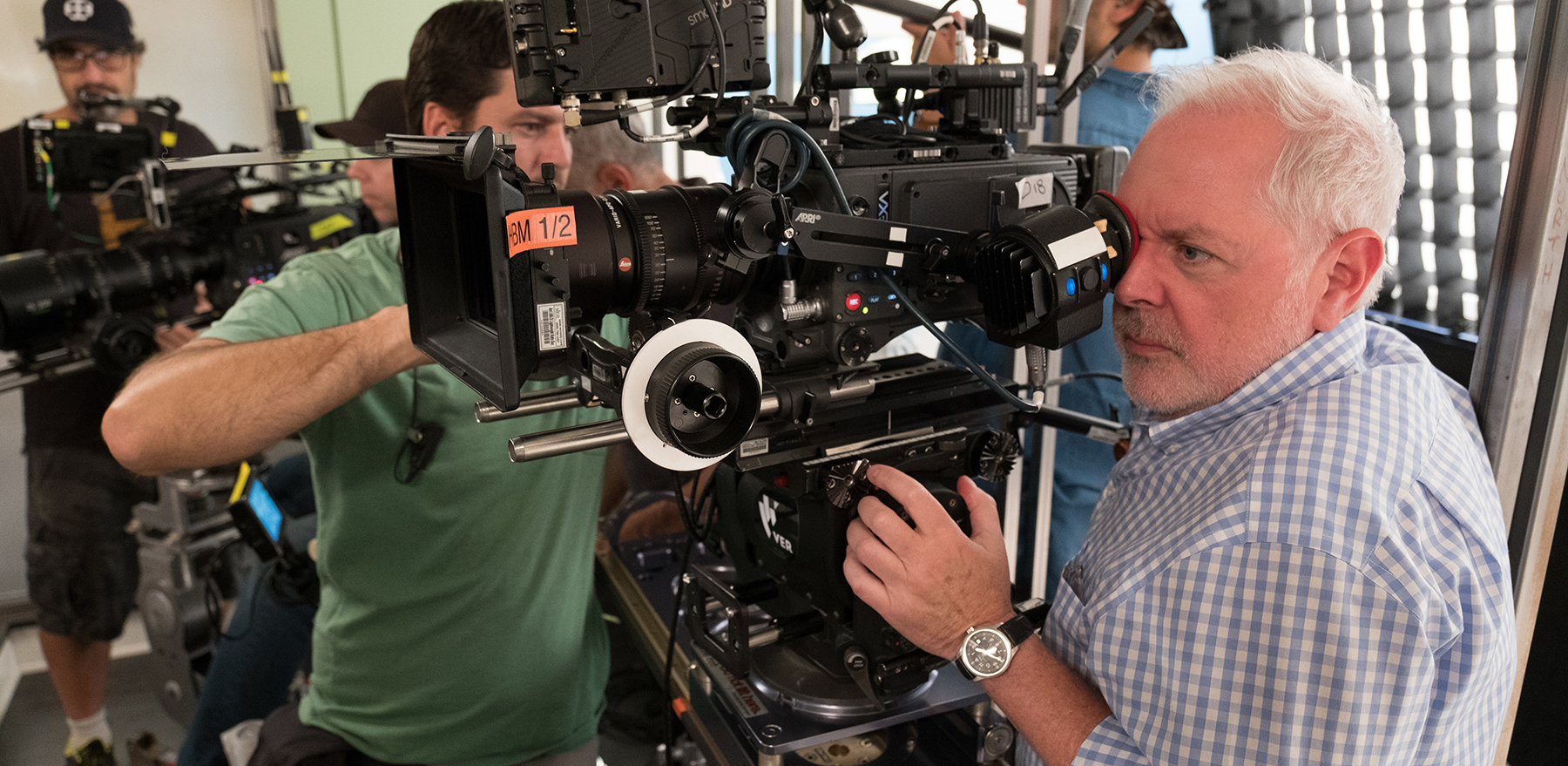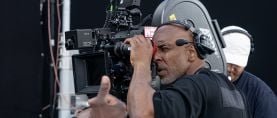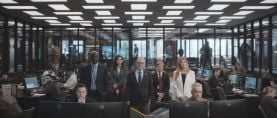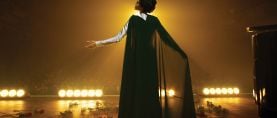
ASC Close-Up: David Miller
“For other directors of photography to recognize that you’re doing something of quality is a truly fantastic feeling.”
When you were a child, what film made the strongest impression on you?
My father took me to see Doctor Zhivago as a child. It was amazing. Also, all the old Hammer films that I would see on late-night TV.
Which cinematographers, past or present, do you most admire?
Freddie Francis, BSC was my hero. The Innocents is truly brilliant and still my favorite. Jack Asher, BSC, for his work on the early Hammer films. William Fraker, ASC, BSC for defining modern cinematography with Bullitt and Rosemary’s Baby. But the two that stand out the most were The Godfather: Part II, shot by Gordon Willis, ASC, and The Exorcist, shot by Owen Roizman, ASC — I think I was 16 when I saw them, and it cemented in my mind what I wanted to do.

What sparked your interest in photography?
Both of my parents were big movie fans, and it just rubbed off on me. I was an avid reader of Famous Monsters of Filmland magazine. When I was 15, I found the book The Making of Feature Films by Ivan Butler, and found out there was someone called a director of photography. I was hooked.
Where did you train and/or study?
I started off at the University of Connecticut for pharmacy, but ended up at the University of Bridgeport for film. When I arrived, they had just won the Student Academy Award, so it was a great place to study.
Who were your early teachers or mentors?
Yuri Denysenko was my teacher at UB. He spent a lot of time with me and helped me get my union card. Santiago Suarez and Elbert Budin — great commercial directors from whom I learned so much. Brian West, BSC, whom I assisted for and who said, ‘Forget operating and just start shooting,’ which I did.
What are some of your key artistic influences?
I think my love of Hammer horror was a big influence, as were the films of Michael Powell. I got to meet and speak to him a bit, years ago, and his very nice note to me in my copy of A Matter of Life and Death is so important to me. Also, the painter Thomas Eakins — if you want to know about light, take a look at The Gross Clinic. It’s brilliant.
How did you get your first break in the business?
I had my union card when I got out of school. My roommate at the time, who was working in production for director Alex Fernbach, got me on a small one-day job as the assistant. Alex and I clicked, and I was on my way.
What has been your most satisfying moment on a project?
I think watching the premiere of HBO’s The Newsroom projected at the DGA Theater. I knew if my work held up in such a large theater with such good projection, then it would hold up anywhere it’s shown.
Have you made any memorable blunders?
I’ve done pretty well. Forgot to send the film to the lab when I was an AC once. Slept through the alarm clock more than once.
What is the best professional advice you’ve ever received?
Don’t ever run. And when you’re starting out, take every single job offered, no matter what it is.
What recent books, films or artworks have inspired you?
Nancy Singleton Hachisu’s book on Japanese cooking. It goes along with my obsession with making the perfect highball. The Mert and Marcus book from Taschen — what photographs! The Criterion DVD of Tarkovsky’s Stalker, along with this great book of his stills and Polaroids.
Do you have any favorite genres, or genres you would like to try?
I’d like to do a full-blown gothic romance — Wuthering Heights, but Gregg Toland, ASC beat me to it.
If you weren’t a cinematographer, what might you be doing instead?
Stand-up comic? I couldn’t ever think of doing anything else as a career but this.
Which ASC cinematographers recommended you for membership?
Lowell Peterson, Richard Crudo and Dennis Smith.
How has ASC membership impacted your life and career?
I think it provides a confidence that really helps in your work. For other directors of photography to recognize that you’re doing something of quality is a truly fantastic feeling.
Photo at top by Colleen Hayes






